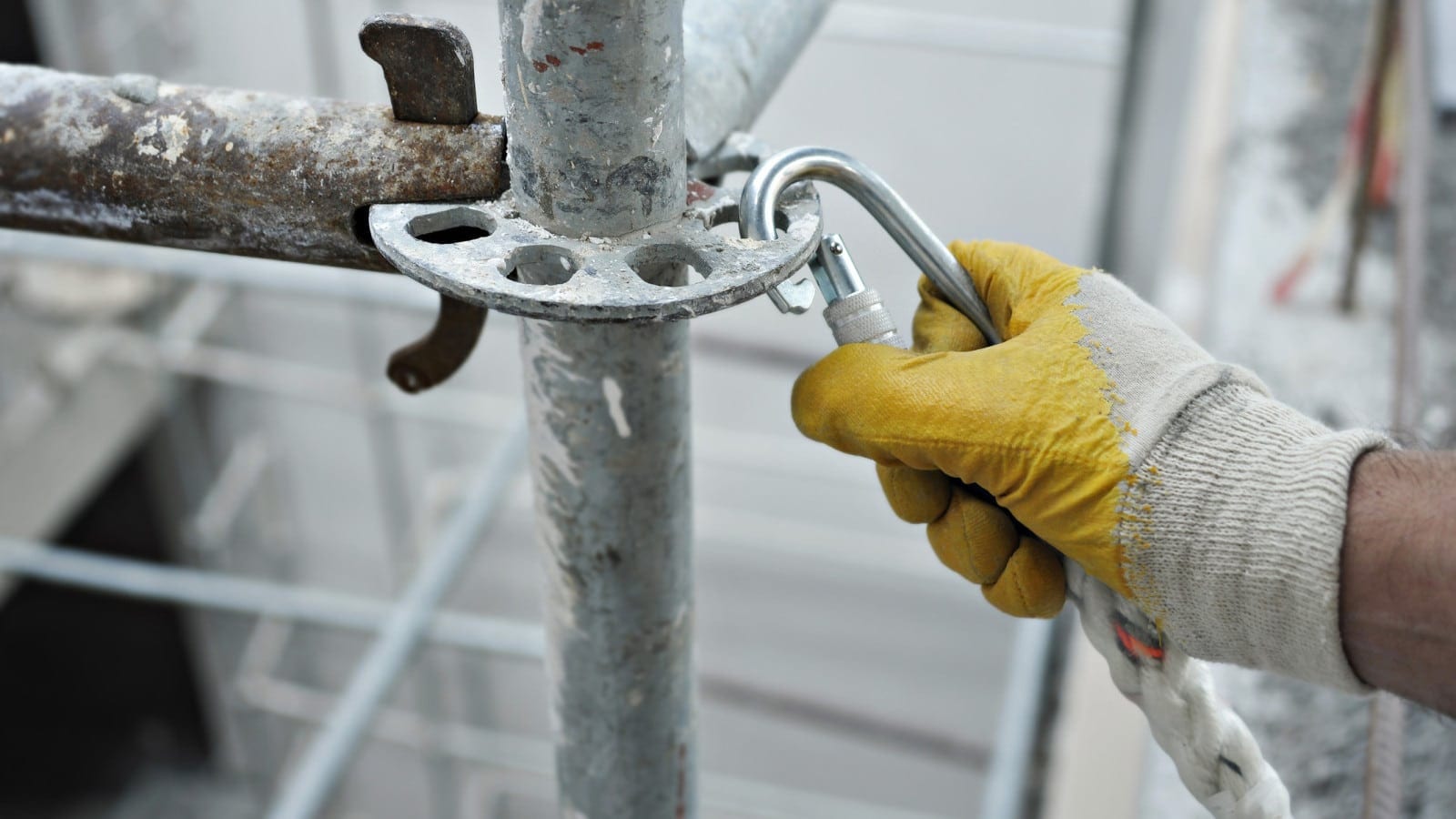Working in the construction industry is full of dangers. In fact, this career carries more of a chance of death or serious injury than almost any other in the United States. Among the leading causes of major injury and death are falling accidents, many of which occur from scaffolding.
In general, accidents at the workplace are covered by workers’ compensation, which kicks in to cover your medical costs and lost wages. However, in certain cases where serious negligence is involved, a personal injury suit might be a better option. Learn everything you need to know about scaffolding accidents, including who can be held responsible and why you may need a work accident lawyer’s help.
Scaffolding Accidents and Safety
One of the most important agencies involved in keeping construction workers safe is OSHA, the Occupational Safety and Health Administration. This federal organization publishes safety regulations which are specifically designed to prevent scaffolding accidents, and are considered authoritative by most courts.
In addition, many states have their own regulations which can be even more stringent, and individual companies can produce their own, more stringent still, requirements. In general, however, there are minimum guidelines that have to be met for a scaffold to be considered safe. These are:
- It must support a minimum of four times the expected weight it will bear
- It must never use loose barrels, bricks, or other loose objects for support
- Any planking has to overlap by at least a foot and should extend past end support by anywhere from six inches to 1.5 feet.
- When work is conducted above, head protection must be provided
- All tools and materials must be secured, and debris must not collect on the scaffold
- Lean-to and shore varieties of scaffolding are not permitted for use.
Scaffold-Related Lawsuits
In general, when you’re hurt in the course of employment, workers’ compensation will cover your injuries. However, there’s a limit to what you can collect under workers’ comp, and if the incident leading to your injury was the result of gross negligence, you may be able to file a personal injury suit. However, in order for this to happen, you have to prove that someone violated a duty of care that was owed to you.
Not everyone on your construction site owes this level of care towards you. You’ll need, in general, to be able to demonstrate that someone who was in charge of the scaffolding itself or who was working on it violated their responsibility towards you, that this violation resulted in an accident, and that you were injured as a result.
Getting Help Proving Negligence
Proving negligence in a work-related accident is tricky. If you’re an employee who can collect workers’ comp, you generally forfeit your ability to sue your employer for injuries. Injury suits are the exception, rather than the rule.
To be successful you will need solid evidence to back up your case, and the best way to get that is with the help and knowledge of a qualified personal injury attorney like those at Heuser & Heuser. Give us a call today and let’s talk about your case and the compensation to which you may be entitled.


